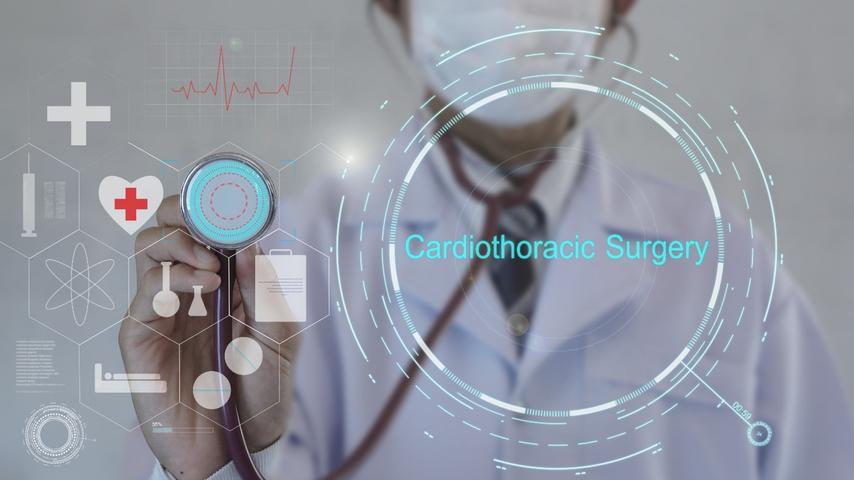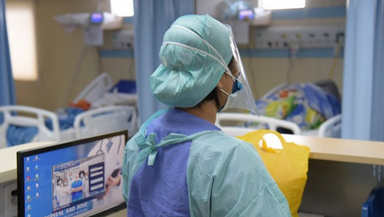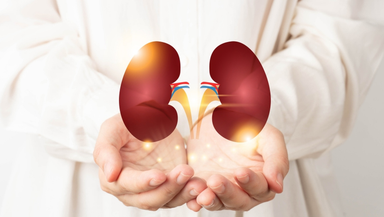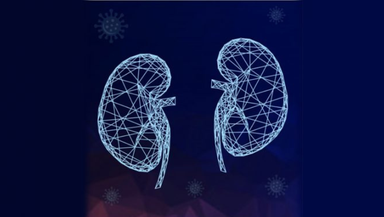What is CTVs Surgery? Treatment, Cost & More

Cardiothoracic surgery, commonly known as CTV surgery, involves the surgical treatment of organs inside the thoracic cavity. Mainly it includes the treatment of cardiac disorders, disorders related to lungs and other pleural structures.
A large variety of surgeries fall under the category of CTV surgery.
Some of the common CTV surgeries and procedures include:
- Angioplasty -
Percutaneous transluminal coronary angioplasty (PTCA), commonly known as balloon angioplasty, is done to restore proper blood flow in the heart by widening the arteries that have been narrowed due to the deposition of fatty plaque.
- Stent placement -
In this procedure, a tiny metal tube or coil, called a stent, is placed inside the narrowed artery to widen it. For this, the healthcare faculty performs an atherectomy or angioplasty to compress or dissect the plaque buildup and pull it out of the artery.
- Ablation -
This technology is primarily used to treat uneven heart rates and irregular cardiac rhythms, also known as arrhythmias. It involves destroying the targeted area of the heart muscle to ease the congestion.
- Pacemakers and implantable cardioverter defibrillators (ICDs) -
The implantation of these devices is generally recommended by doctors to cure abnormal heart rhythms and help enable the heart to beat smoothly.
- Open heart surgery -
Open heart surgeries are primarily performed to remove the blockages in the coronary arteries or cure heart valve dysfunction. These surgeries can also cure cardiac defects and heart rhythm disorders.
- Coronary artery bypass grafting (CABG) -
It is one of the most common types of open heart surgery. A vein from the patient’s leg or an artery from their chest wall is utilized in this surgery to bypass a coronary artery that has been constricted or clogged due to the development of fatty plaque.
- Heart valve repair or replacement -
This type of surgery involves the repair or replacement of defective heart valves of the patient. A faulty heart valve may fail to open and close properly, causing extra strain on the cardiac muscle.
- Ventricular assist device -
It is an artificial pumping device that can be installed in a person suffering from heart failure.
- Heart transplant -
A heart transplant is considered the last resort to save a person suffering from acute heart disorder. It involves replacing the severely dysfunctional heart of the patient with a healthy heart received from a donor.
- Carotid surgery -
Carotid endarterectomy is a simple surgery that involves the removal of plaque in one of the carotid arteries in the neck region. It is the main artery that supplies blood to the brain.
- Aortic surgery -
It is a type of surgical procedure that involves repairing or replacing the aorta, the largest artery in the body. This type of surgery is typically done to treat aortic aneurysms, dissection, and other aortic diseases. Aortic surgery can be done in several ways, including endovascular stent grafting, open repair, or hybrid repair.
By making only a small incision in the chest, minimally invasive heart procedures including valve replacement and CABG are carried out without removing the breast bone. They aid in swift mobilisation and recovery.
Risks and Side Effects Associated with CTV Surgeries
Risks and side effects associated with CTV surgeries include the following-
- Adverse reaction to the anaesthesia used at the time of surgery
- Excessive bleeding at the surgery site
- Infection of the surgery site
- Blood clotting in the brain
- Seizures, strokes, or brain damage
- Heart attack
- Nerves, oesophagus, and windpipe injury
- Deposition f plaque in the arteries
Benefits of CTV Surgeries
CTV surgeries are performed to unfetter the coronary arteries that have been narrowed due to the deposition of fatty plaque. Additionally, they help repair the weak muscles of the heart, treat cardiac defects, and cure problems related to heart rhythm.
How is a CTV Surgery Performed?
The healthcare faculties pitch and follow a plan, primarily depending upon the health requirements of the patient and the type of surgery they will undergo. Some of the common elements of heart surgeries are as follows:
- Administration of anaesthesia -
An anesthesiologist is responsible for administering the required amount of anaesthesia into the patient’s body to make them fall asleep. Due to this, the patient becomes unconscious during the operation and doesn’t feel any pain.
- Keeping the airways open -
An endotracheal tube (ET) is inserted inside the windpipe and throat of the patient. It is connected to a breathing machine commonly known as a ventilator. The ventilator is the artificial lung that performs the function of breathing while the patient lies unconscious. ET tube is attached to the patient for several hours after surgery to ensure proper respiration.
- Chest incision -
The surgeons generally perform a small incision below the mid of the patient’s chest and separate the breastbone (sternum) to reach the heart. After the surgery, the surgeon stitches back the breastbone with wires and heavy sutures and finally sews up the incision.
- Maintaining blood circulation -
During open heart surgeries, the patient's heart is stopped temporarily and restarted after the completion of the procedure. Meanwhile, a heart-lung bypass machine is used, which acts as a pump and performs the function of the heart and lungs. However, some heart surgeries can also be performed on a beating heart. In those cases, the surgery can be performed ‘off-pump,’ i.e., without using a heart-lung machine.
Follow-up Requirements Associated with CTV Surgery?
- The patient is taken to an intensive care unit (ICU) where the healthcare faculties check their blood pressure, wound, respiration rate, and alertness.
- A temporary tube is fixed around the incision area to drain blood or fluid.
- The patient is generally asked to stay in the hospital for a few days after the surgery.
Recovery Procedure
- Follow the doctor’s advice to keep the pain under control.
- Take your medicines on time, as prescribed by the doctor.
- Keep your head propped up on pillows while lying down during the first week to avoid swelling.
- Avoid driving cars or bikes without the doctor’s permission.
- Avoid strenuous activities for some time.
Conclusion
Cardiothoracic surgery, commonly known as CTV surgery, involves surgical treatment of organs present inside the thoracic cavity. Mainly it includes the treatment of cardiac disorders, disorders related to lungs and other pleural structures.
Some common CTV surgeries and procedures include Angioplasty, Stent placement, Ablation, Pacemakers, implantable cardioverter defibrillators (ICDs), Open heart surgery, Coronary artery bypass grafting (CABG), Heart valve repair or replacement, Ventricular assist devices, Heart transplant, Carotid surgery, etc.
CTV surgeries are performed to unfetter the coronary arteries that have been narrowed due to the deposition of fatty plaque. Additionally, they help repair the weak muscles of the heart, treat cardiac defects, and cure problems related to heart rhythm.
It is important to consult with a qualified cardiologist if you experience any symptoms of heart disease or cardiovascular disorder. CTV surgery can range from simple procedures like stent placement and angioplasty to more complex ones like open heart surgery, heart transplantation, and ventricular assist device implantation. With the help of these treatments, many individuals have been able to manage their cardiac disorders and live a normal life.
If you would like to know more about CTV surgery, its treatment options by some of the best cardiologist in Hyderabad, and its cost, please talk to a cardiologist at Gleneagles Aware Hospitals.
Specialities
Clear allMeet the doctor

Dr Mukhesh Rao
Cardiology
M.B.B.S, M.D (Internal Medicine), D.M (Cardiology)











